Republic of Croatia (Hrvatska)

Located along the Sava river, on the border with Bosnia and Herzegovina, remains the ruins of what was one of the most notorious concentration / extermination camps in Croatia, Stara Gradiška.

One particularly grey day we chose to visit what remains of the camp. It was very surprising to see the ruins, unmarked as if they were just old buildings of no significance. The small town, of the same name, surrounds the site presently.
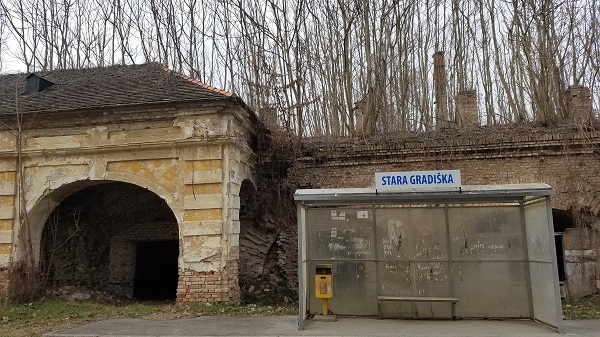
There stands no memorial, no remembrance, no descriptions of the horrors that took place here during WWII. No acknowledgment of the people who lost their lives here.
Life has simply moved on around this place, as it had to.
There are numerous concrete apartment buildings and some abandoned buildings that circle the site.



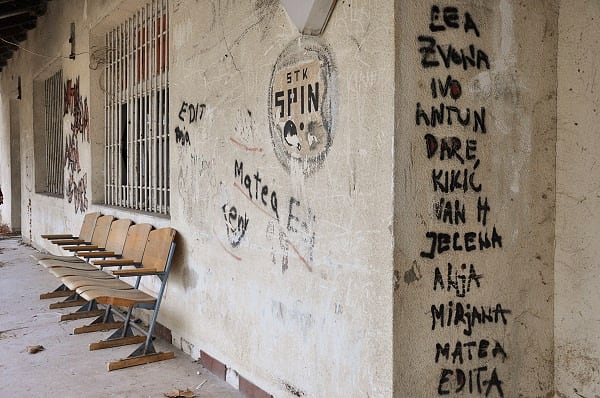

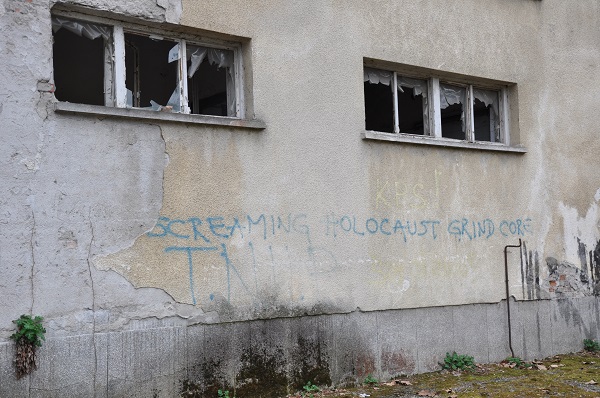

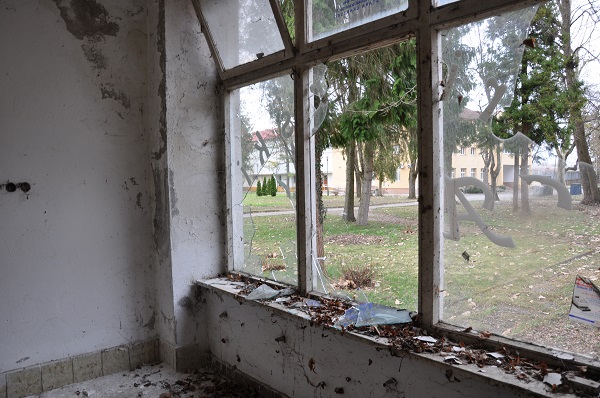
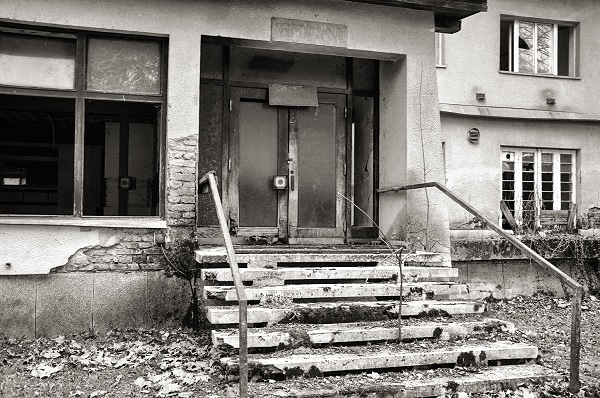
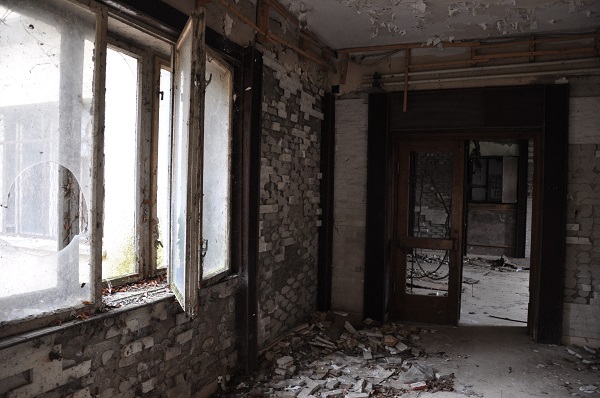
Local kids played football in a small concrete area that served as a court beside us, yelling, laughing and looking at us with confused expressions if they had no idea why we were there.
It was as if the history of this place has been forgotten as life went on around it.
The significance of this site and how many lives were horribly lost here, has faded far from the view of daily life.
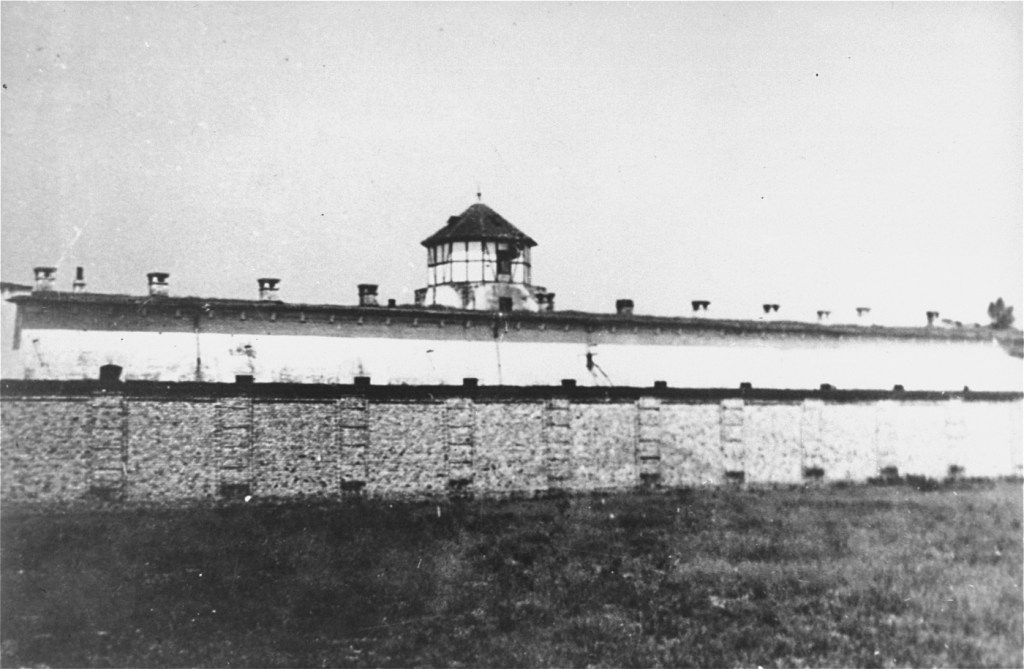

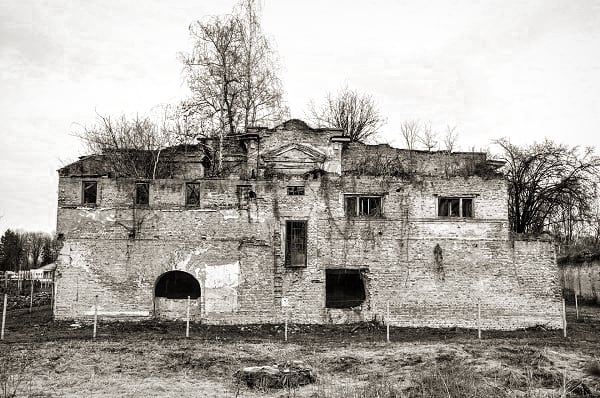

Stara Gradiška was the 5th sub-camp of the Jasenovac prison complex. During WWII the camp was constructed to imprison women and children after being separated from the rest of their family.
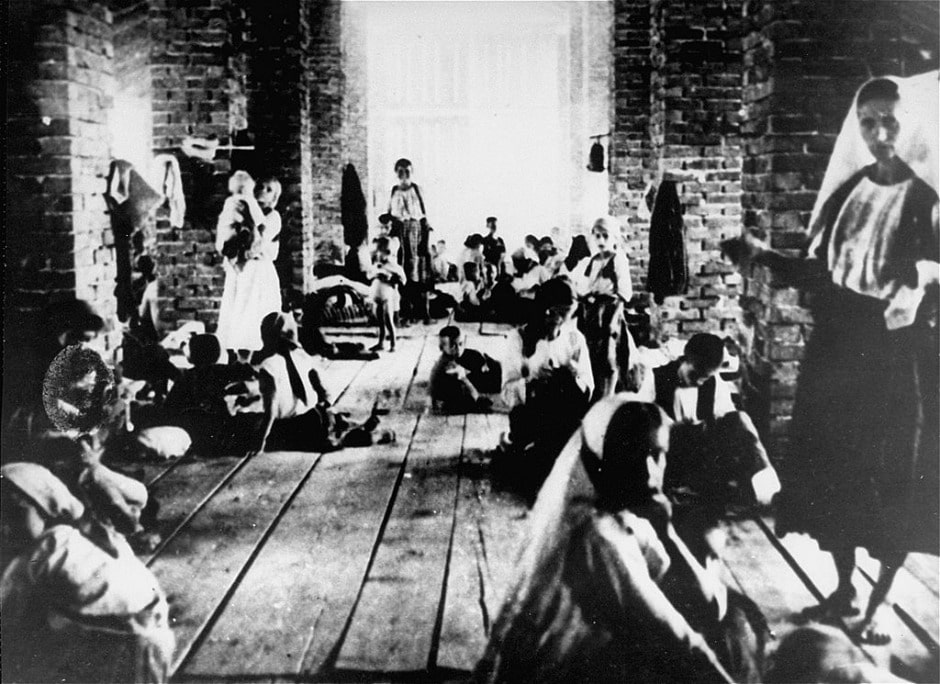
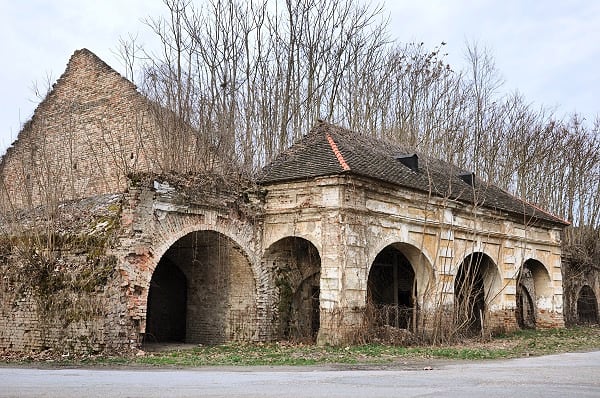
Just like the Jasenovac concentration camp, the camp was used by the Ustaše to house Serbs, Jews, Roma, Bosnian Muslims and any political dissidents.

The crimes committed against the women and children here were particularly heinous.
Those who were not murdered here, were transported to other camps through a system of railways built to connect each complex to the other.
If one survived their imprisonment at Stara Gradiška, they were most likely transported to Jasenovac extermination camp or eventually Auschwitz.

Women and children were brought in by train and eventually the children were separated from their mothers. Mothers with weak or very little children were sent to the K (or Kula) unit where they were murdered by firearm, knives or beaten to death in any number of heinous ways.
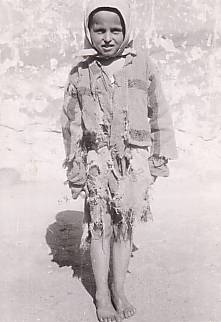

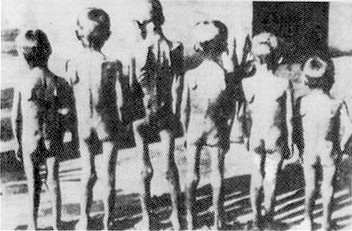
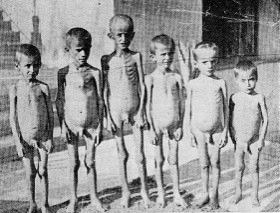
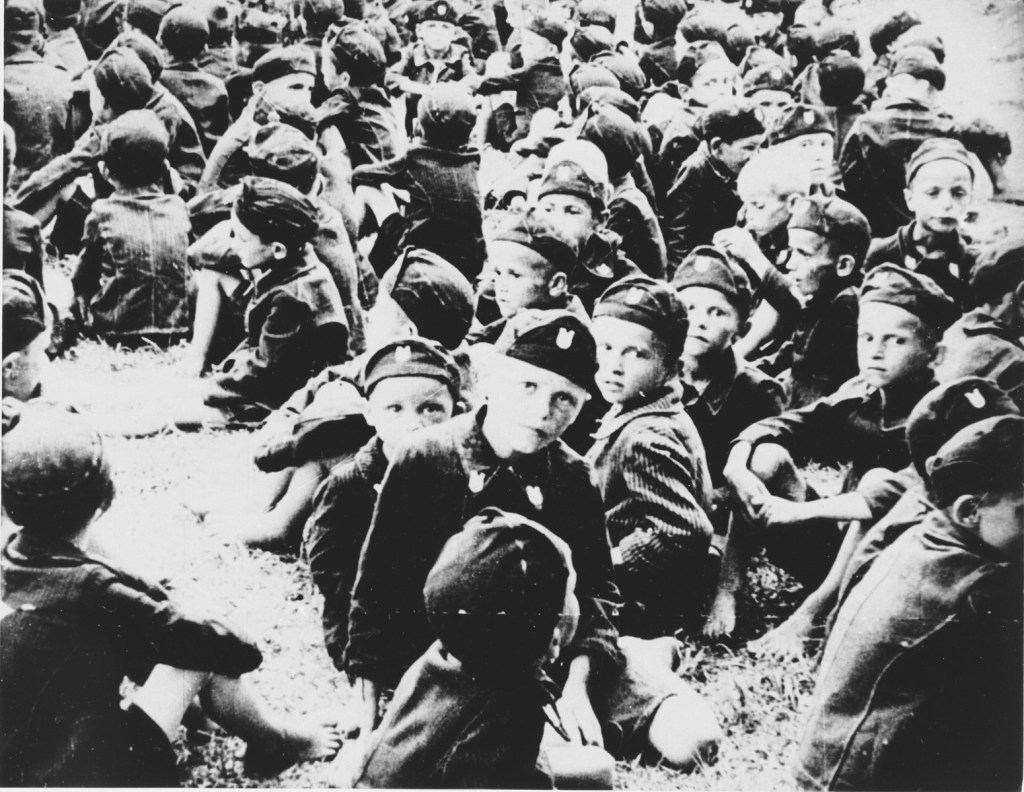
There was also a cellar referred to as the ‘Gagro Hotel’ where inmates were starved, tortured and eventually murdered.
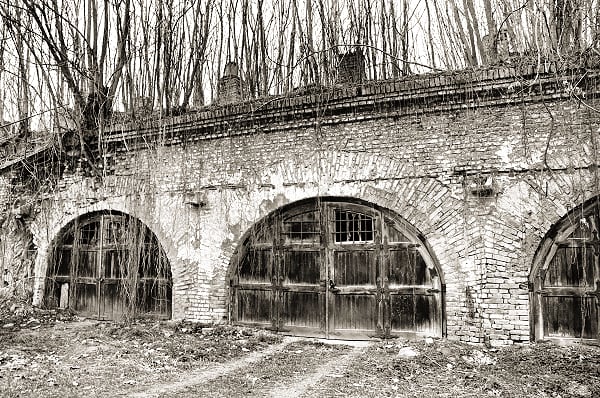
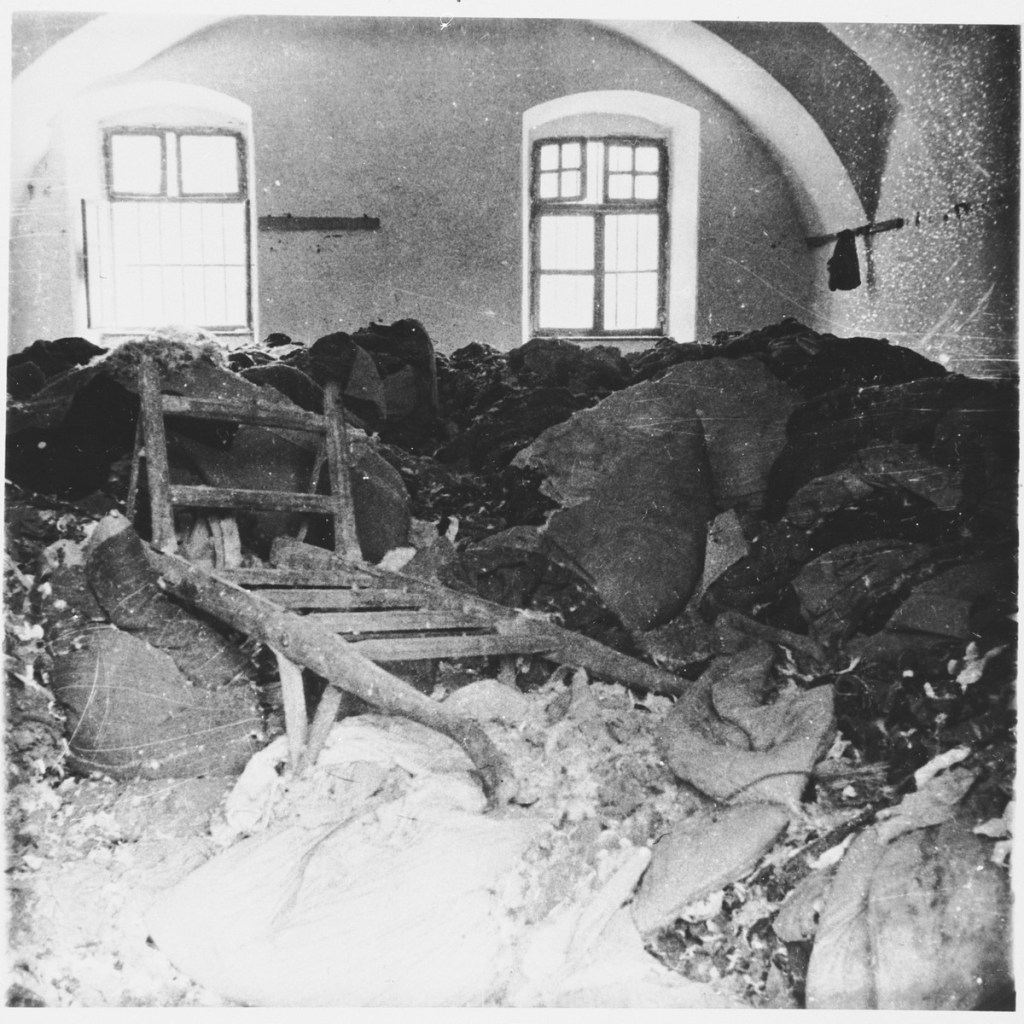

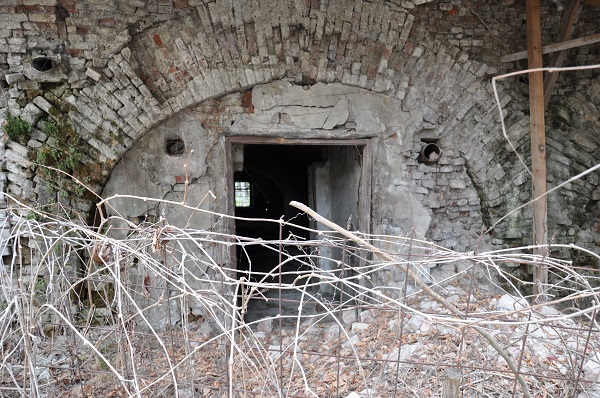

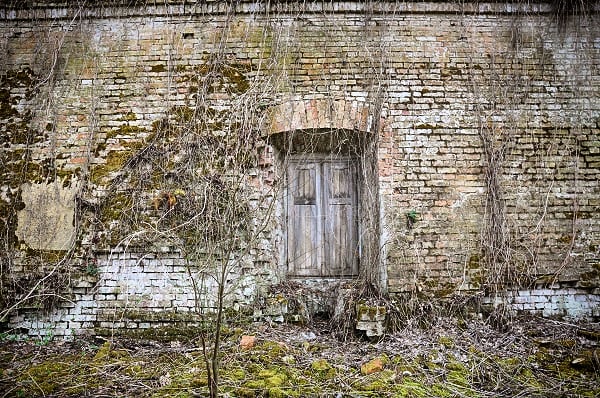
Stories of the murder and torture that occurred here are certainly not in short supply.
According to prison guard and witness, Cijordana Friedlender :
“Ten of us were told to carry them [children] in blankets. The children crawled out of the room, and one child put an arm and leg through the doorway, so that the door could not be closed. (He was told) “push it!…When I did not do it he [guard by the name of Vrban] banged the door and crushed the child’s leg. Then he took the child by the whole leg and banged it on the wall until it was dead.”
They continued to bring in children until the room was full, then brought in gas to kill them all.

(Streljana translates to shooting or firing range in English)
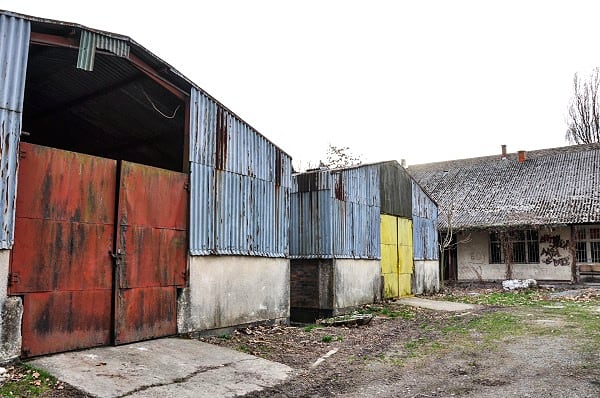
There were veterinary stables where experiments with gas were conducted, first on horses, then humans.
During the month of May 1942 alone, several thousand children were gassed, and in June, another 2,000 suffered the same fate.

In August of 1942 the prison guards made bets on who could kill the largest number of people.
One guard, Petar Brzica, (pictured below holding the severed head of a Serbian man) cut the throats of of 1,360 prisoners with a butcher knife.

He received a gold watch, a silver service, wine and a roasted suckling pig as his reward.
The chief of camp Stara Gradiška was a man named Miroslav Filipović-Majstorović, a Fransican friar, (Roman Catholic priest) who was particularly sadistic. (pictured below) He referred to Serbian children as “seeds of the beast”.

The prisoners referred to him as Brother Satan.
A Jewish survivor of the Jasenovac camp described Majstorović’s sadistic killing of Serbian children…he recalls that in Christmas of 1942 Majstorović ordered mass and later a muster, where he killed four inmates with a knife, after forcing a Jewish man from Sarajevo, to sing before him stabbing him in the chest and slashing his throat.
He killed 56 Bosnian Jews by tying them with wire and hitting them with an axe so they all fell into a well. (pictured below as it is now) Then he shot around 40 Bosniak (Bosnian Muslim) villagers in the head. Majstorović would often shoot villagers in the head after mass, adding:
“In Majstorović’s time, musters and executions were frequent. Friar Majstorović favored a mystical approach to the killings…. After he killed them, he sat on a chair and said ‘justice has been done”.
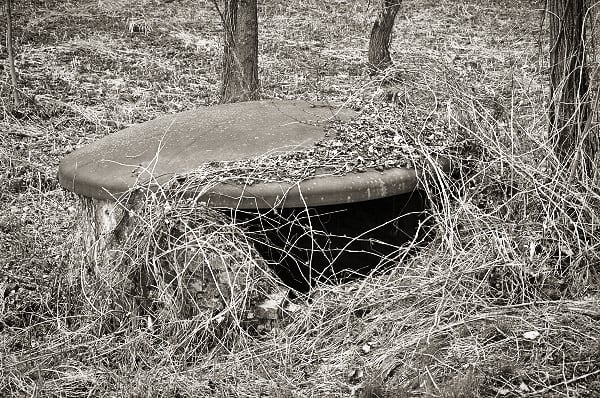
Another particularly vicious killing was described by the former Jewish prisoner, Egon Berger.
“The priestly face of Fra Majstorovic, all made-up and powdered, dressed in an elegant suit and green hunter’s hat, watched with delight the victims. He approached the children, even stroked their heads. The company was joined Ljubo Milos and Ivica Matkovic. Fra Majstorovic told the mothers there will now be a baptism for their children. They took the children from the mothers, the child whom Father Majstorovic was carrying, in his child’s innocence caressed the painted face of his killer. The mothers, distraught, perceived the situation. They offered their lives for mercy for the children. Two children were placed on the ground, while the third was thrown like a ball into the air, and Majstorovic , holding a dagger upwards, missed three times, while the fourth time with a joke and a laugh, a child was impaled on the dagger. Mothers began throwing themselves on the ground, pulling their hair, and began to shout terribly. Ustaše guards of the 14th Osijek Company took them away and killed them. When all three children were so brutally killed, these three two-legged beasts exchanged money, because they seem to have a bet on who would the first to stick a dagger in a child.”
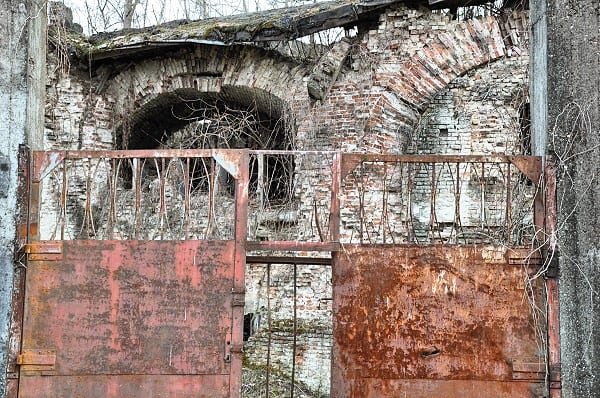
Surprisingly in a camp for women and children, there were a number of female guards who were also known for their cruelty. The were usually sisters or wives of prison guards.

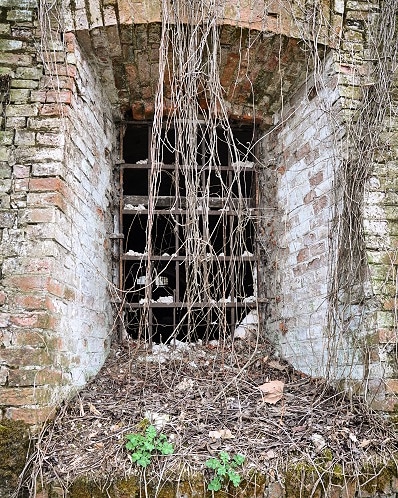
The camp was cleared in April of 1945, most remaining inmates were killed, the others transferred to Jasenovac where they were ultimately killed.
Yugoslav Army forces entered the Stara Gradiska camp on April 23, and Jasenovac on May 2, 1945. Before leaving the camp, the Ustaše killed the remaining prisoners, blasted and destroyed the buildings, guard-houses, torture rooms, the Picili Furnace and the other structures. Upon entering the camp, the liberators found only ruins, soot, smoke, and dead bodies.
During the following months of 1945, the grounds of Jasenovac were thoroughly destroyed by forced laborers, composed of 200 to 600 Domobran soldiers captured by the Partisans, thereby making the area a labor camp. They leveled the camp to the ground and among other things dismantled a two-kilometer long, four-meter high wall that surrounded it.
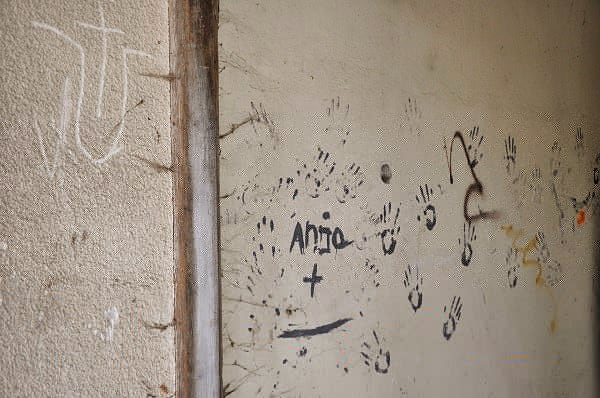
You can see the symbol for the Ustaše in the upper left of the photo above.
(This hate symbol is tagged all over Zagreb). Here is an example of just how much the Ustaše ideology still remains in Croatia.
As we explored you could feel the sadness and trauma in the weight of the air. It was as if, juxtaposed with the life that carried on around us, there were two completely different universes existing together in this same spot.
As I understand, Holocaust revisionism and sometimes denial is a major issue here in Croatia which could explain the lack of recognition for such a tragic and historic site where so many innocent people lost their lives.
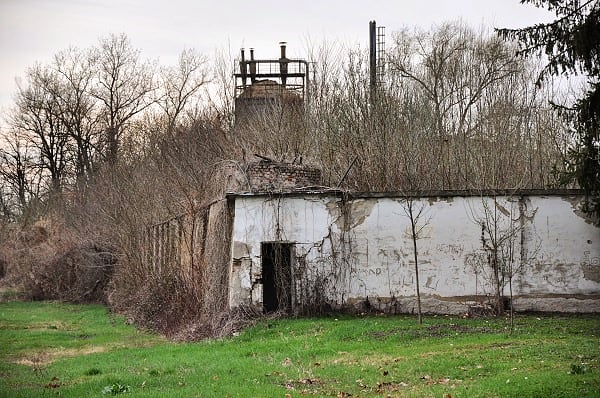

Notable prisoners of Stara Gradiška :
Nada Dimić : (pictured below) A Yugoslav communist that was arrested by the Ustaše after the invasion of Yugoslavia and transferred to Zagreb. In the process of transportation she swallowed poison to avoid interrogation. She was rescued by the Zagreb cell of her party and after recovery worked as an undercover agent for the Partisans.

She was eventually caught and surrendered to the Ustaše police where she was tortured. She refused to give any information and was brought to Stara Gradiška where she was murdered at the age of 18.
Lepa Radić : (pictured below at her execution) a Bosnian Serb and member of the Yugoslav Partisans. During the invasion in 1941 she and her family were arrested by the Ustaše. With underground help she and her sister were able to escape prison.
She was eventually caught and in 1943, at the age of 17, she was executed for shooting German soldiers. As her captors tied a noose around her neck they offered to spare her life if she would reveal the identities of her comrades. She stated she was not a traitor and her comrades would reveal themselves when they revenged her death.
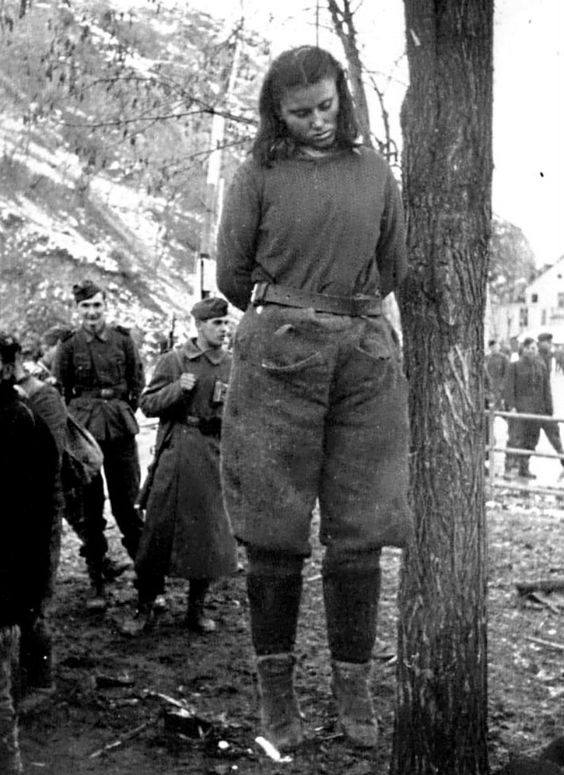
When she was being hanged she cried out…
“Long live the Communist party! Fight people, for your freedom! Do not surrender to the evildoers, I will be killed but there are those who will avenge me!”

I don’t know what to say….. Horrific and very sad at the same time. Photos are great. I can only imagine how you felt exploring this place. xoxo Ruth
LikeLiked by 1 person
Emma, I am, researching for a memoir about the late Bosnian artist Radovan Kragulj, and wish to thank you for your recent photographs of Jasenovac, where Radovan was imprisoned as a child, and which I visited with him in 1972.
Best regards,
Robin Dance.
Lewes, England.
LikeLiked by 1 person
Wow. You’re very welcome. I’m glad you found them. What a place to see in person!
LikeLike